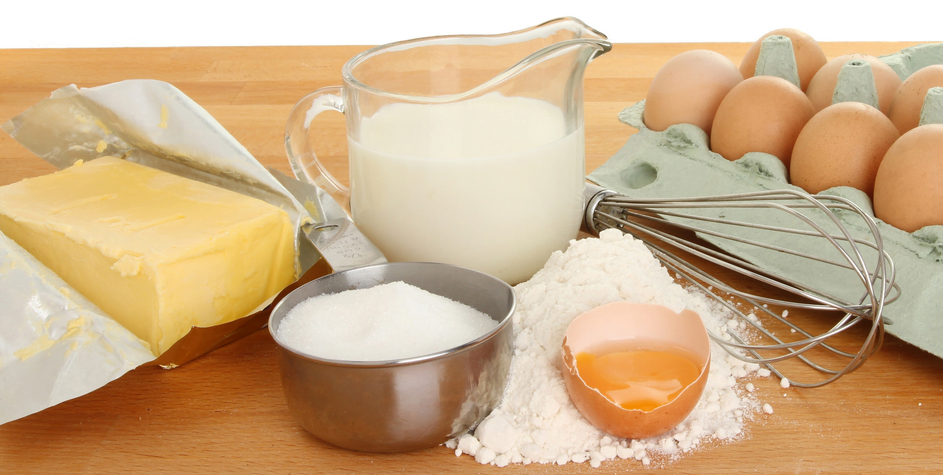Distinguishing Pastry Flour from All-Purpose Flour

This article delves into the distinctions between all-purpose and cake flours, elucidating the role of whole wheat pastry flour in the mix.
Despite reservations about investing in pastry flour, particularly when one’s pantry is well-stocked, the narrative questions the adequacy of all-purpose flour for baking aficionados. The piece asserts the significance of acquainting oneself with pastry flour, contending that it is a valuable asset for baking enthusiasts. Readers are encouraged to continue perusing for a comprehensive understanding, including insights into the realm of cake flour.
Distinguishing Pastry Flour from All-Purpose Flour
The contrast between pastry flour and all-purpose flour lies in their protein content, with pastry flour being a specialized, low-protein alternative perfect for various baked goods. Typically, pastry flour boasts an 8 to 9 percent protein count, while all-purpose flour contains around 10 to 12 percent protein. This disparity plays a crucial role in crafting a lighter and flakier dough for pastries like biscuits, scones, pie crusts, and quick breads.
The protein count directly correlates with gluten levels, influencing the density of the dough. Higher protein content results in denser dough, as the gluten in the flour binds and tightens during the mixing process. It’s essential to exercise caution and avoid excessive mixing to prevent ending up with a tough, chewy texture.
It’s worth noting that pastry flour may not be the go-to choice for all pastries; for instance, recipes like cinnamon buns often call for a soft but dense dough, which is better achieved using all-purpose flour. Therefore, a meticulous evaluation of each recipe is crucial. While pastry flour excels in transforming challenging doughs like homemade puff pastry, it remains a specialized ingredient rather than a one-size-fits-all solution.
Distinguishing Pastry Flour from All-Purpose Flour
Derived from the entire wheat kernel, whole wheat pastry flour stands out as a less processed and more nutritionally rich alternative compared to enriched and bleached pastry flour. This variant imparts a nutty and slightly dense texture to pastries. Similar to traditional pastry flour, whole wheat pastry flour boasts a lower protein count than all-purpose flour, contributing to the creation of lighter pastries. Its nutritional value is attributed to a high fiber content and the absence of conventional additives such as niacin, iron, thiamine, folic acid, and riboflavin. Whole wheat pastry flour can be seamlessly substituted for pastry flour based on personal preference.
Distinguishing Pastry Flour from All-Purpose Flour
While pastry flour excels in crafting perfect pie crusts and tart shells, cake flour is specifically tailored for—you guessed it—creating delightful cakes. Characterized by a soft and fine texture, cake flour adeptly absorbs liquid and sugar, resulting in cakes with an extra-moist quality. With a protein content as low as 7 to 8 percent, even less than that of pastry flour, cake flour plays a vital role in achieving a moist, fine crumb, and instilling a light, fluffy texture in cakes and muffins.
It’s important to note that cake flour is not a suitable substitute for all-purpose flour in recipes. Due to its lower protein content, cake flour necessitates an increased amount of fat (e.g., eggs, oil, and butter) to provide the necessary structural support and ensure proper leavening. Consider experimenting at home to discover the ideal fat-to-flour ratio for your sweet treats!
Distinguishing Pastry Flour from All-Purpose Flour
Crafting your own pastry flour is a simple and cost-effective endeavor that can be done right in your kitchen. For a single cup of pastry flour, blend together half a cup of all-purpose flour with half a cup of cake flour. This DIY approach harmonizes the protein content from both types of flour, resulting in a balanced and ideal substitute for traditional pastry flour.



